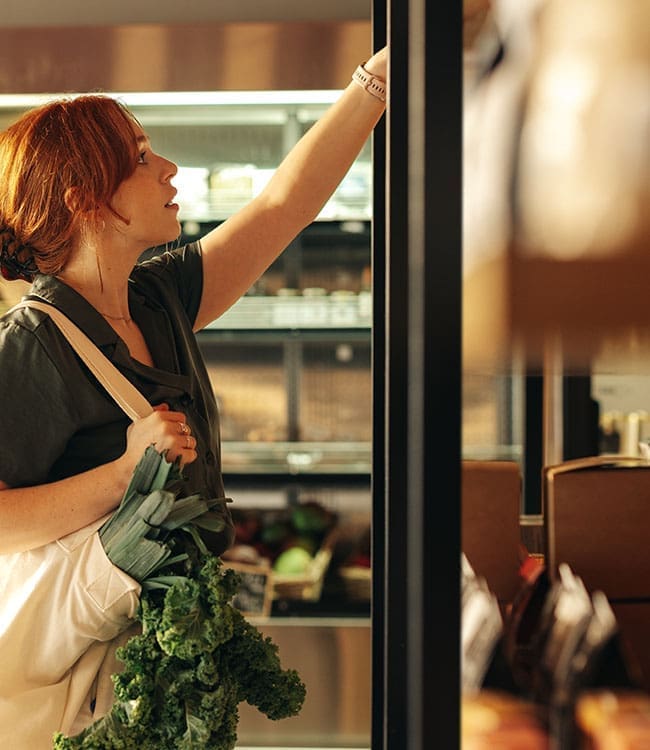In this information age, the old adage ‘you are what you eat’ strikes a particular chord with many people, as brands are disclosing more nutritional information and becoming increasingly transparent. Spanish-based studio Fauna has taken this process one step further and has developed product packaging depicting exactly where consumers’ meat and cheese comes from. While depicting product origin on labels, such as including the location of a farm or brewery may not be a novel idea, this type of product labeling focuses on the cut of the animal itself.
The packaging can be found at Corella meat shop in Barcelona, Spain and is currently available on packaging for meat, including beef and chicken, as well as cheese. The image of an animal with a square highlighting the cut is an extremely simple and effective way to show consumers exactly what they are purchasing. Similar packaging can be found in the US market, but usually focuses on the quality of the meat, rather than the particular cut.
Poultry brand Just Bare packages its fresh poultry in clear trays with white labeling that includes claims such as antibiotic- and hormone-free. Pointing out a product’s physical origin outright, as Corella products do, may help calm consumer concerns about meat safety. Poultry brands that use labels indicating which cuts are used could address this concern before it can be expressed. Such imagery illustrates the unprocessed nature of a meat product, such as a chicken or turkey breast, to demonstrate it has not been reformed from other pieces of meat.
According to Mintel’s Poultry – US 2013 report, more than half of consumers who eat and/or buy poultry (54%) agree they are concerned about how safe poultry products, such as chicken or turkey, are to eat. Additionally, 67% of consumers who eat and/or buy poultry agree some companies or brands are more trustworthy when it comes to the quality of poultry they sell.
What It Means
Consumers are likely to feel they can trust manufacturers that are transparent not only about their manufacturing processes and treatment of animals, but also product origin, which can lead to more positive brand perception overall. By providing information up front, brands can alleviate consumer fears before they surface, and help consumers feel better about the foods they purchase, especially in light of recent salmonella outbreaks. Manufacturers of all types of foods, especially those prone to processing or other safety concerns, should consider implementing such simple, yet informative, product labels.
Amanda is an analyst specializing in the food industry. She is responsible for writing monthly analysis reports providing strategic insight and consultancy across several categories from gluten-free foods and cheese to cereal and snacks.








































